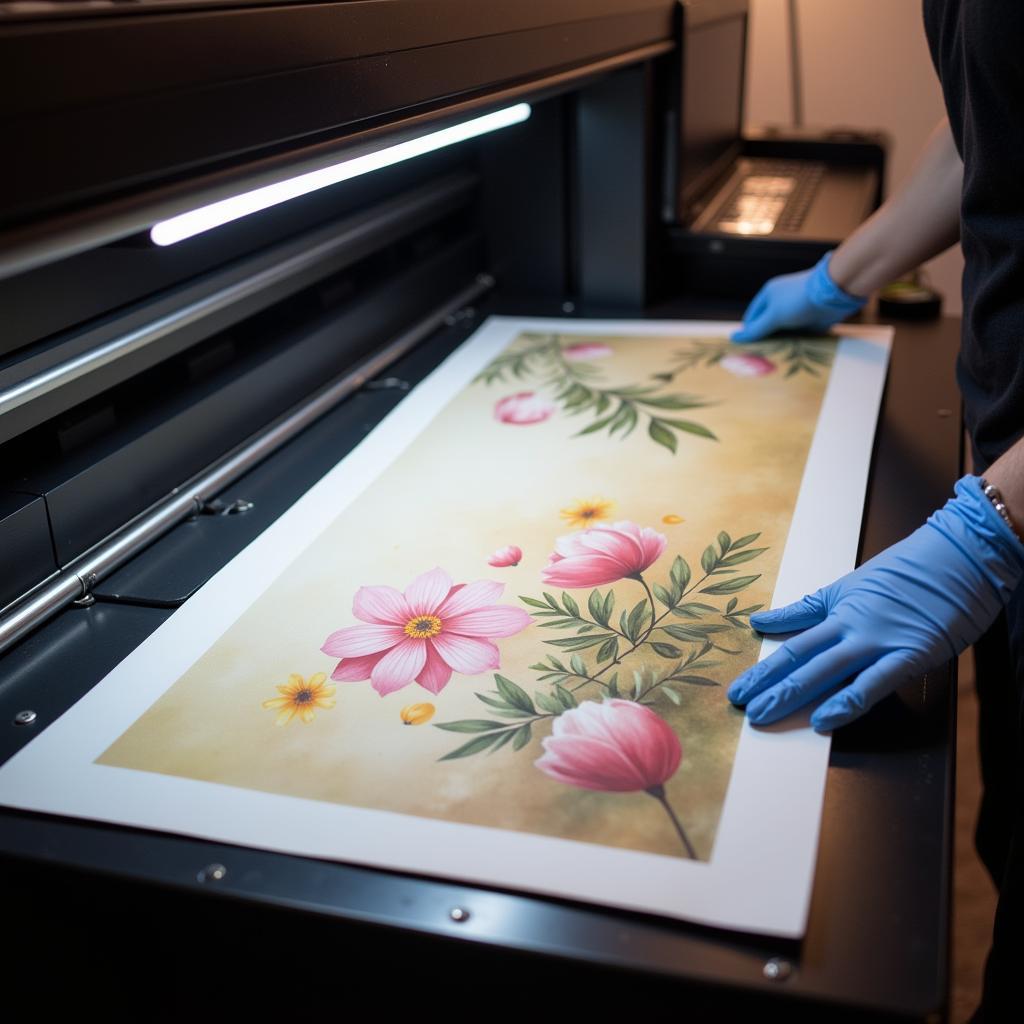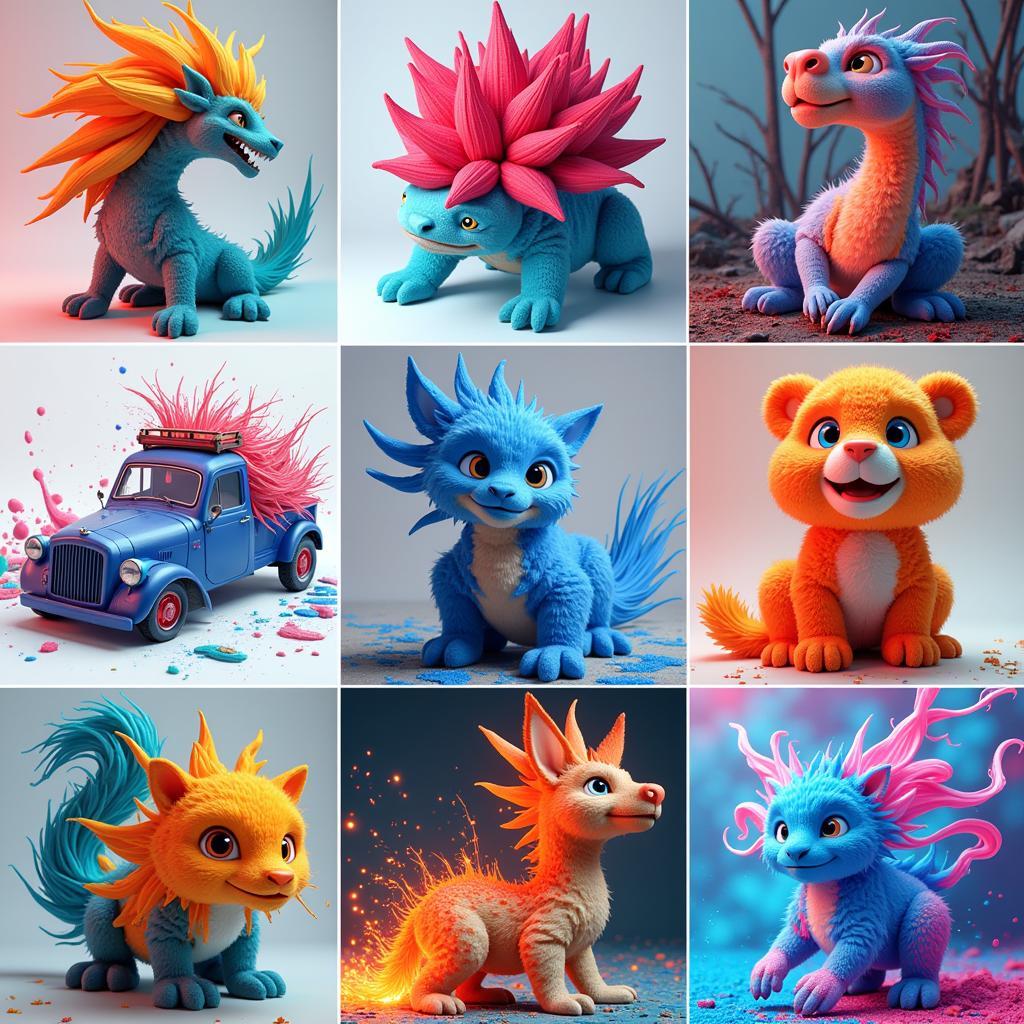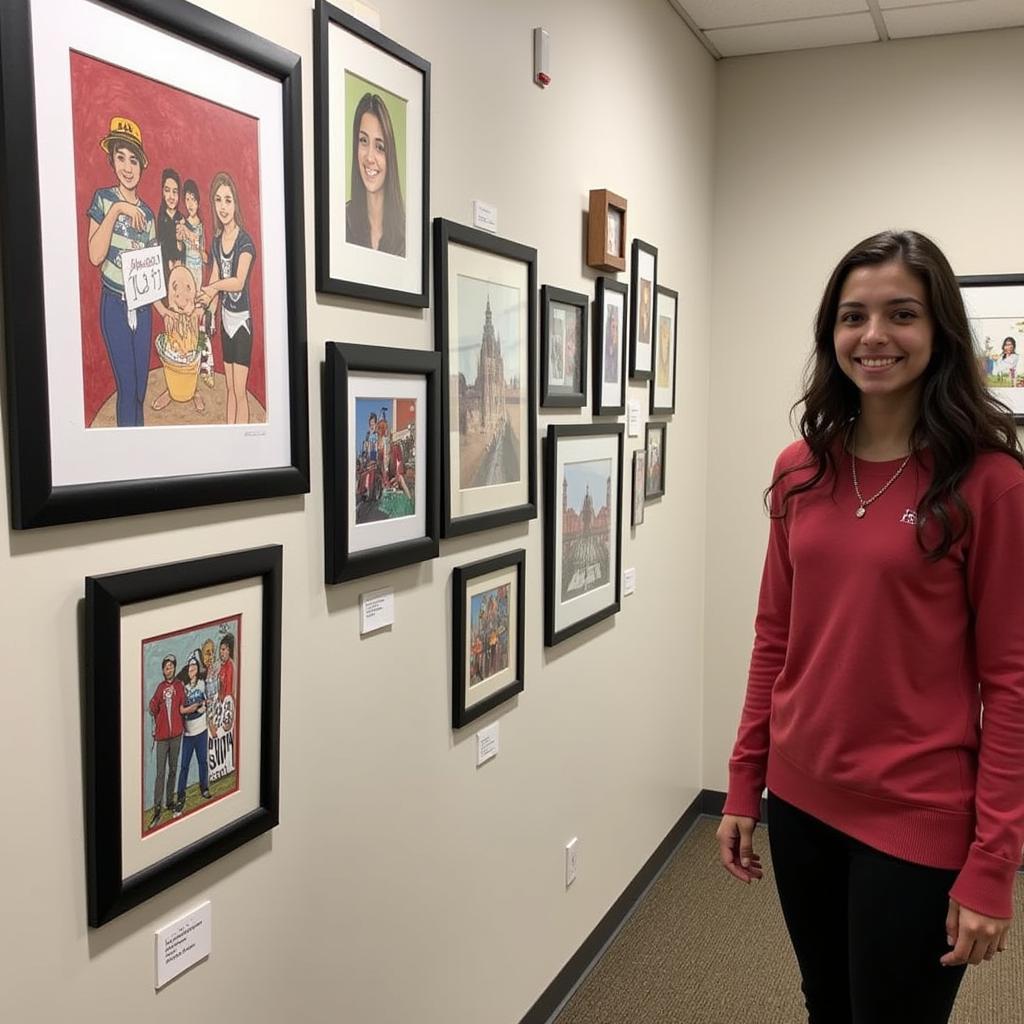Unleashing Creativity: The Ultimate Guide to Large Scanners for Art
Large scanners for art are revolutionizing the way artists and creatives preserve and share their work. These powerful tools bridge the gap between traditional and digital art, offering unparalleled accuracy and detail for capturing large-format artwork. Whether you’re a painter, photographer, or mixed-media artist, a large-format scanner can open up a world of possibilities for your creative process.
Why Invest in a Large Scanner for Art?
From archiving delicate watercolors to creating high-resolution prints of oversized oil paintings, large scanners for art offer numerous advantages. They allow artists to digitize their portfolios, create archival backups, and produce stunning reproductions for sale or exhibition. Plus, with digital files, you can easily manipulate and experiment with your work using image editing software, opening up exciting new avenues for artistic expression. Is a large scanner a worthwhile investment for every artist? Not necessarily, but understanding its capabilities can dramatically enhance your workflow and creative potential.
Digitizing Your Artistic Legacy: Preservation and Archiving
Large format scanners provide an exceptional way to preserve your artistic legacy. Think about those fragile charcoal sketches or oversized canvases – a large scanner can create a perfect digital replica, protecting your original work from the ravages of time and environmental damage. These digital archives can also be easily shared with galleries, collectors, or even future generations.
 Archiving Artwork with a Large Format Scanner
Archiving Artwork with a Large Format Scanner
From Canvas to Screen: Reproducing Your Art in High-Resolution
Reproducing artwork accurately can be a challenge, especially for large pieces. Large scanners for art offer the precision needed to capture every nuance and detail of your original work, resulting in high-resolution digital files suitable for giclée prints, online galleries, and art xmas cards. This allows you to share your work with a wider audience while maintaining the integrity of your artistic vision.
Choosing the Right Large Scanner for Art: Key Considerations
With so many large scanners on the market, choosing the right one can feel daunting. Factors like scanning bed size, optical resolution, color accuracy, and software compatibility are crucial considerations. What size scanner do I need for my artwork? This depends entirely on the dimensions of your pieces. Measure your largest works to determine the minimum scanning area required.
Understanding Scanner Specifications: Resolution, Color Depth, and More
Resolution, measured in dots per inch (DPI), determines the level of detail captured by the scanner. Higher DPI means more detail, which is essential for reproducing fine art prints. Color depth, measured in bits, affects the range of colors the scanner can capture. A higher bit depth translates to a wider color gamut and more accurate color reproduction.
Software Solutions for Large Scanner Integration
Most large scanners for art come with dedicated software for image acquisition and basic editing. However, you might want to consider compatibility with your preferred image editing software for more advanced post-processing.
“Investing in a high-quality large scanner is an investment in your art,” says renowned digital artist Anya Sharma. “It allows you to capture the essence of your work with incredible accuracy and opens up new possibilities for creative exploration.”
Maintaining Your Large Scanner for Optimal Performance
Regular maintenance is essential to ensure your large scanner continues to deliver high-quality results. Keep the scanning bed clean and free of dust and debris. Calibrate the scanner periodically to maintain color accuracy. And always follow the manufacturer’s recommendations for cleaning and maintenance.
Troubleshooting Common Large Scanner Issues
Occasionally, you might encounter issues like color discrepancies, scanning artifacts, or connectivity problems. Consult the scanner’s user manual or contact the manufacturer’s support team for troubleshooting assistance. “Don’t be afraid to experiment with different settings and software to achieve the desired results,” advises Anya Sharma. “The possibilities with large format scanning are truly endless.”
Conclusion: Embrace the Digital Frontier with Large Scanners for Art
Large scanners for art are empowering tools for artists in the digital age. They offer a seamless bridge between traditional and digital mediums, facilitating preservation, reproduction, and creative exploration. By understanding the key considerations for choosing and maintaining a Large Scanner For Art, you can unlock new possibilities for your artistic journey. Investing in a large scanner can be a significant step in taking your artistic career to the next level.
FAQ
- What is the ideal resolution for scanning artwork?
- How do I calibrate my large format scanner?
- What file formats are best for archiving scanned artwork?
- Can I scan 3D artwork with a large format scanner?
- What are the different types of large format scanners available?
- How much does a large format scanner for art cost?
- Where can I find large format scanner repair services?
Need further assistance? Contact us at Phone Number: 02462573573, Email: [email protected] Or visit our address: Savico Megamall, 7-9 Đ. Nguyễn Văn Linh, Gia Thụy, Long Biên, Hà Nội 10000, Việt Nam. We have a 24/7 customer support team.




